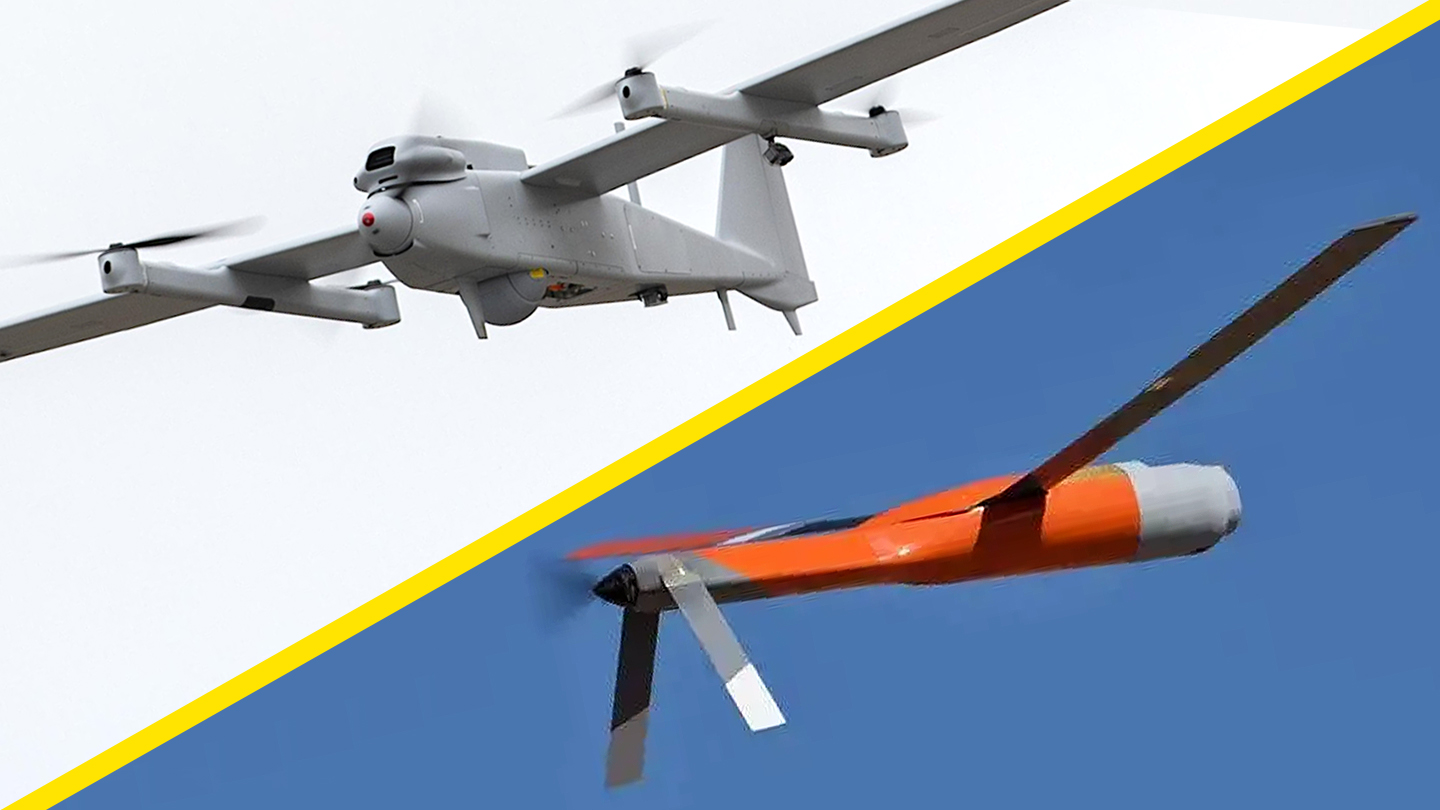The U.S. military has announced a new aid package for Ukraine that is packed with drones and loitering munitions, among other things. This includes AeroVironment Switchblade 600s and Jump 20s, CyberLux K8s, and Area-I ALTIUS-600s. This appears to be the first time the latter three types have been included in a tranche of American military assistance for the Ukrainian armed forces. The ALTIUS-600s, especially, could give Ukrainian forces all-new long-range precision strike capabilities, among other potential benefits.
The Pentagon formally announced the new aid for Ukraine’s military, which is valued at approximately $2 billion in total, earlier today. The U.S. government is providing this particular package as part of the Ukraine Security Assistance Initiative (USAI). Unlike U.S. military assistance that comes in the form of so-called ‘drawdowns,’ which involve transferring materiel straight from its own stocks, USAI provides funds to make direct purchases to support Ukraine.
A full list of the new aid package’s contents as provided by the U.S. Department of Defense is as follows:
- Additional ammunition for High Mobility Artillery Rocket Systems (HIMARS)
- Additional 155mm artillery rounds
- Munitions for laser-guided rocket systems
- CyberLux K8 UAS
- Switchblade 600 UAS
- Altius-600 UAS
- Jump 20 UAS
- Counter-UAS and electronic warfare detection equipment
- Mine clearing equipment
- Secure communications support equipment
- Funding for training, maintenance, and sustainment
The drones and loitering munitions are clearly the standout items here.
The Pentagon has previously announced plans to acquire Switchblade 600s for Ukraine under USAI. Jump 20s, ALTIUS-600s, and CyberLux K8s have not been included in any prior U.S. military aid packages for the Ukrainian armed forces, at least according to what the Pentagon has disclosed to date.
The Switchblade 600 anti-tank loitering munition
AeroVironment’s Switchblade is evolved from the company’s smaller Switchblade 300s, examples of which Ukraine has also received straight from U.S. military stocks. Both Switchblade types are man-portable, tube-launched loitering munitions, also referred to as kamikaze drones.

The Switchblade 600 offers even very small units a useful aerial surveillance capability during the day and at night that also comes with the ability to conduct immediate precision strikes on any threats that might be uncovered. “Patented wave-off and recommit capability allows operators to abort the mission at any time and then re-engage either the same or other targets multiple times based on operator command,” AeroVironment’s website says.
AeroVironment says that Switchblade 600 has a range of at least 40 kilometers (just under 25 miles) and can remain aloft for 40 minutes or more, depending on its exact flight profile. This is significantly greater range and endurance compared to the original Switchblade 300, which can only reach targets around 10 kilometers (just over six miles) away and keep flying for 15 minutes.
In addition, the Switchblade 600 carries the same warhead as the Javelin anti-tank guided missile, giving it heavy anti-armor capabilities that its predecessor does not have. The drone’s range and highly automated targeting capabilities give it significant advantages over the multitude of infantry anti-tank missiles, including the Javelin, that Ukrainian forces have access to now. The biggest advantage is that they can fly well behind the front lines and hunt and kill main battle tanks, even ones that are hiding behind cover. This is a vastly different capability than anti-tank guided missiles that need line of sight from the individual firing the weapon or the platform to work.
In other words, Switchblade 600 leaves Russia’s heaviest armor vulnerable up to two dozen miles behind enemy lines and virtually anywhere in Russian-controlled territory when operated by clandestine forces located behind enemy lines.
The vertical takeoff and landing Jump 20
The Jump 20 is a vertical takeoff and landing capable design primarily intended for intelligence, surveillance, and reconnaissance missions. Contractor-operated examples of the Jump 20 have supported U.S. special operations forces for years now, and the type was selected last year by the U.S. Army as part of its replacement plan for the aging RQ-7 Shadow.

The drone has a single propeller at the front driven by a small gasoline-powered engine for use in level flight and four electrically-powered vertically-oriented propellers for takeoff and landing. It has a maximum range of 185 kilometers (just shy of 115 miles) and can remain aloft for at least 14 hours, according to AeroVironment’s website.
Originally developed by a company called Arcturus UAV, which was acquired by AeroVironment in 2021, the drone has a maximum takeoff weight of around 215 pounds and features a modular payload bay. Arcturus and AeroVironment have said over the years that this uncrewed aerial system can be fitted with various electro-optical and infrared cameras, compact radar and laser imaging systems, signals intelligence suites, and communications relay packages.
A line-of-sight data link gives the drone the ability to send data back to operators or other nodes in near-real-time. Control can be handed off from one node to another to help extend its operating range, as well.
Jump 20 has a demonstrated capability to drop expandable payloads, too. This includes the ability to air-launch AeroVironment’s Switchblade 300 loitering munition and employ Northrop Grumman’s Hatchet miniature precision glide bomb. Last year, the company said it was working on a concept to allow a Jump 20 to release a Switchblade 600.
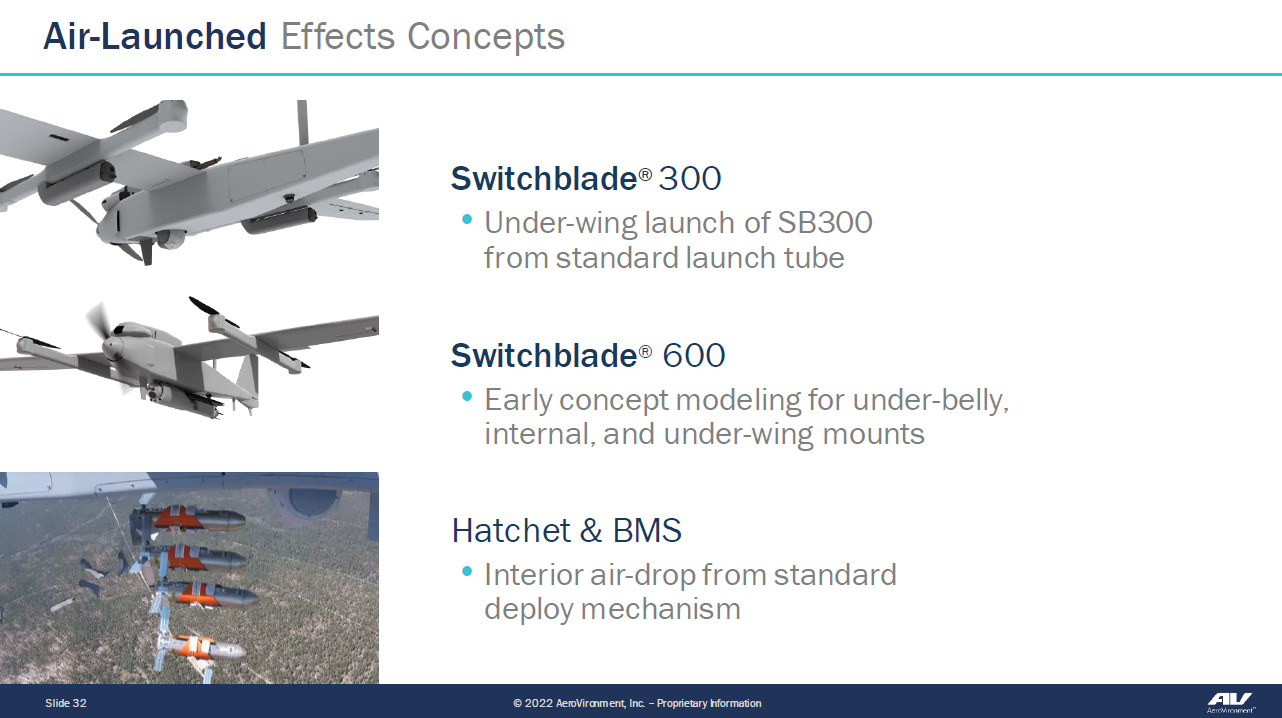
So far, there are no indications one way or another about how the Jump 20s for Ukraine might be configured or if they will come along with any kind of weaponry. As already noted, Ukrainian forces have received Switchblade 300s already.
The country’s armed forces have already been using a variety of commercial quad and hexacopter-type drones to drop improvised munitions on enemy vehicles and personnel. More recently, they have begun to use modified examples of these kinds of small uncrewed aerial systems directly as improvised kamikaze drones.
The tube-launched ALTIUS-600
The ALTIUS-600 is another tube-launched drone developed by Area-I, now a subsidiary of Anduril Industries. The uncrewed aerial system, which is recoverable and reusable, has a maximum range of around 440 kilometers (276 miles) and can remain airborne for at least four hours, according to Area-I’s website.
The drone, which has become increasingly popular within the U.S. military in recent years, can be air-launched via a Common Launch Tube (CLT) or deployed using various types of launchers on the ground or even at sea. While the default configuration is geared toward ISR, featuring a sensor turret with electro-optical and infrared cameras, the design is modular, as well.
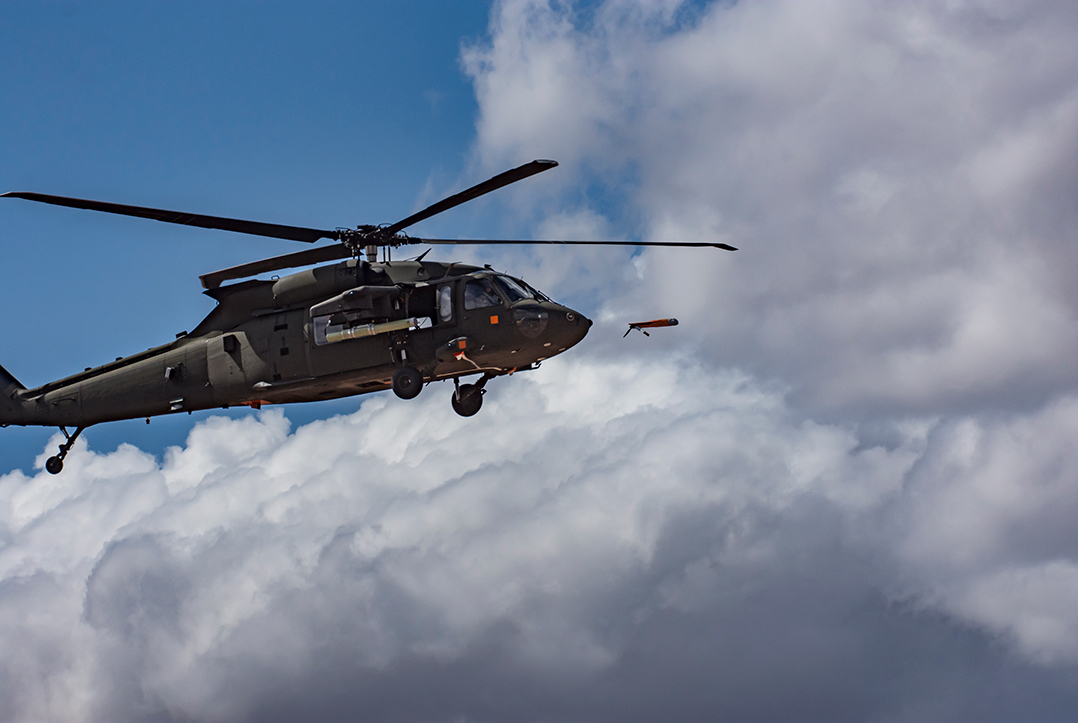
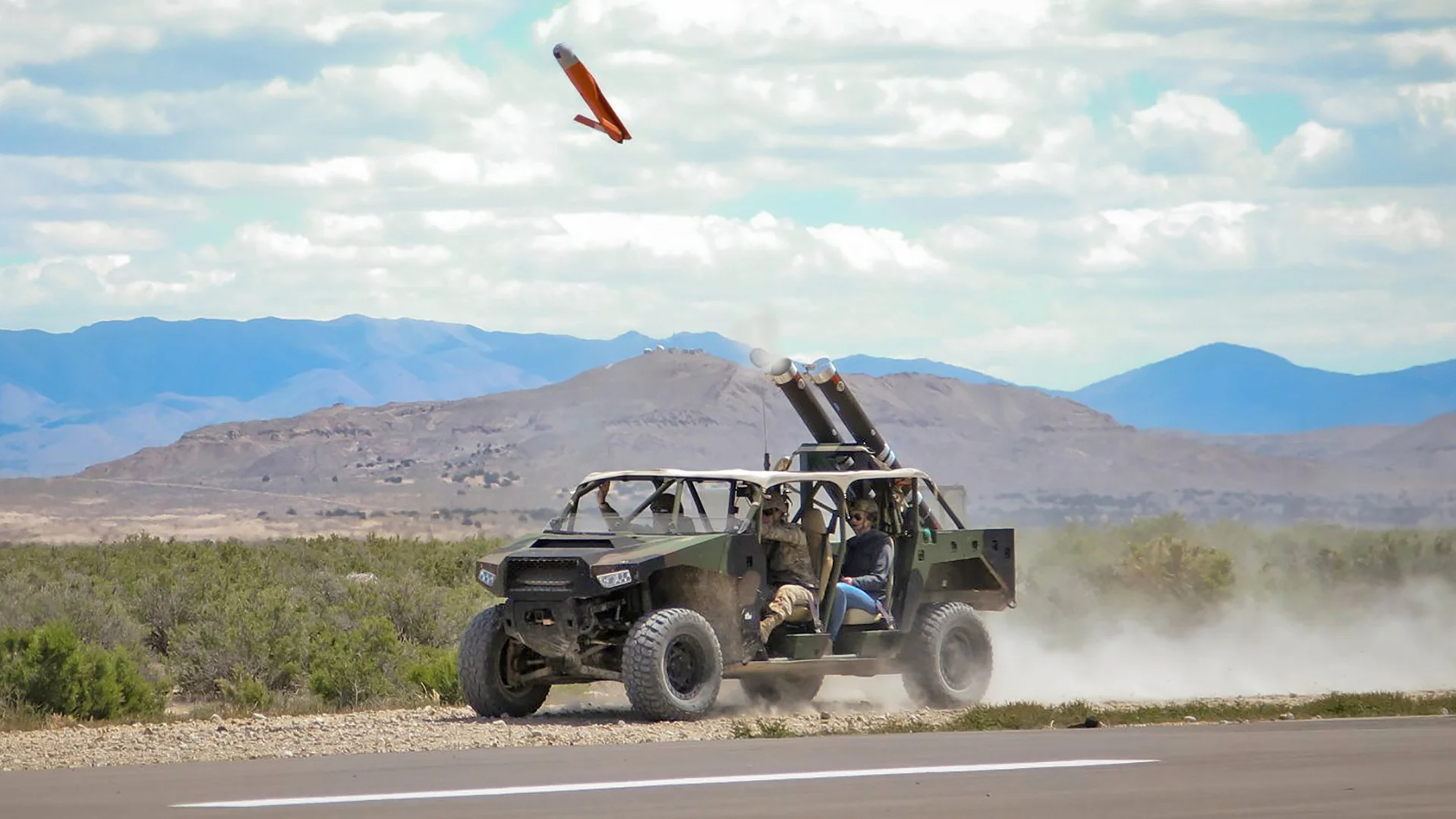
Area-I says that it can be set up to carry signals intelligence systems, electronic warfare and counter-drone payloads, or even a small warhead. Last year, its new parent company Anduril also announced a purpose-built loitering munition derivative called the ALTIUS-600M.

U.S. Army testing has also demonstrated the ability of ALITUS-600s to be operated in large numbers as a networked swarm. Such a swarm could conceivably consist of drones in multiple different configurations, giving the entire group the ability to perform various missions simultaneously.
As with the Jump 20s, it’s unclear at present how the ALTIUS-600s for Ukraine might be configured. It’s also not clear how Ukrainian forces might already be planning to employ them, but ground and air-launched modes could be possibilities.
The mysterious Cyberlux K8
There do not appear to be any readily available details about the Cyberlux K8. The company’s “Unmanned Aircraft Solutions” webpage shows a variety of other small tri and quadcopter-type designs, a number of which are fitted with commercial still and video cameras.
There is no indication of any connection between Cyberlux’s K8 and a toy-like commercial quadcopter with the same model nomenclature from a Chinese company called Qinux that is readily available through online storefronts like Alibaba.
Cyberlux, which started off as a supplier of LED lights, currently has a number of different divisions. An investor relations presentation from 2021 shows that it has secured a number of U.S. military contracts in the past, including with U.S. Special Operations Command, primarily for portable airfield lighting equipment.
As has already been pointed out, Ukraine’s military already makes very good use of commercial quadcopters and similar designs. Ukrainian forces employ them now for surveillance and reconnaissance purposes, to help direct artillery fire, as platforms to drop small improvised munitions, and as improvised kamikaze drones.
Expanding Ukraine’s drone capabilities
Altogether, the array of drones in this new aid package look set to give Ukrainian forces a number of different tiers of additional capabilities. In particular, the Jump 20s and ALTIUS-600s represent a significant leap in terms of range and endurance over many drone types that Ukraine has already received from the United States and other international partners. Many of the uncrewed aerial systems that Ukrainian forces have received to date are smaller commercial quadcopter types or similar designs.
Considering the payload possibilities and performance these new uncrewed aerial systems come with, they will give Ukrainian forces all new capabilities and offer additional options for carrying out various mission sets. This could include striking targets at extended ranges.
When it comes to the ALTIUS-600, in particular, with its stated range it could become one of Ukraine’s longest-reaching strike assets. Right now, Ukrainian forces rely heavily on an ad-hoc mixture of longer-range commercially-available remote-controlled aircraft transformed into strike weapons and missile-like Soviet-era reconnaissance drones refitted with warheads to work as impromptu cruise missiles to conduct long-range stand-off strikes.
Even with only a limited explosive payload, ALTIUS-600s could still be extremely useful for striking a variety of important targets over long-distances, including fragile radar dishes and antenna arrays, ammunition and fuel dumps, lightly armored vehicles, aircraft on flightlines, and small groups of soldiers or even specific individuals. Depending on the networking capabilities that come with them, the drones could potentially be employed against dynamic targets hundreds of miles away. Even without an operator-in-the-loop link, they could still be directed to strike fixed targets with great precision based on static coordinates over very long distances.
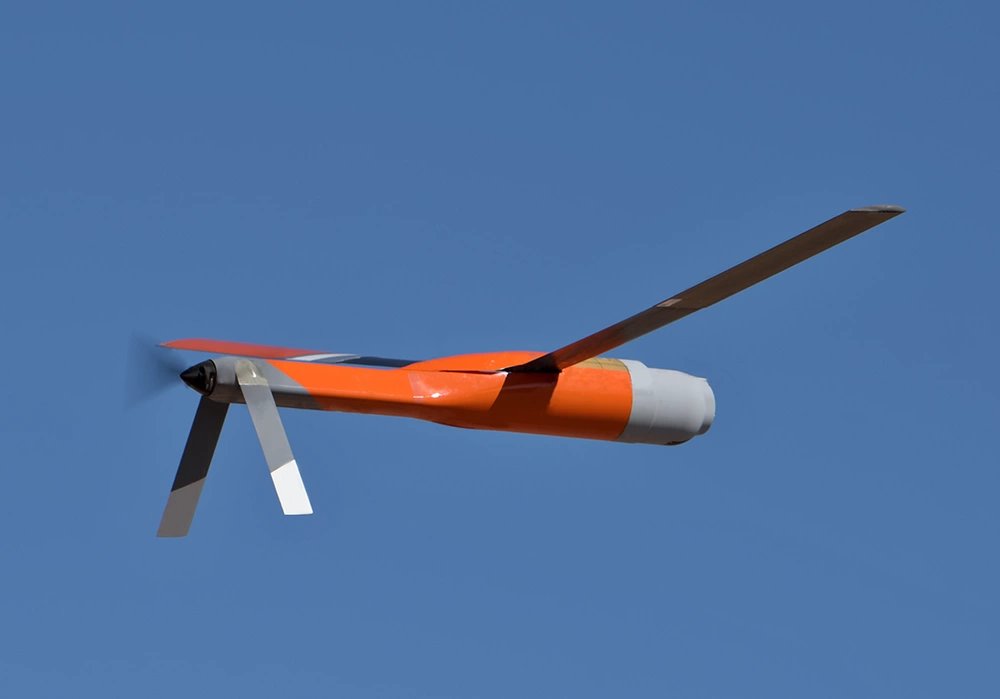
The vertical take-off and landing capability of the Jump 20 and the tube-launched nature of the ALTIUS-600, as well as the Switchblade 600, provide added flexibility to all of this, too. These drones can be launched relatively quickly from small physical spaces with no significant infrastructure requirement. The launch points could be very close to the front lines or even behind enemy lines.
If nothing else, this new aid package underscores how significant uncrewed aerial systems have been for both sides of the conflict in Ukraine. This, in turn, reflects broader trends in the growing integration of various tiers of drones across modern militaries around the world, and the very real threats that even commercial-type designs present. These are realities The War Zone has been highlighting for years now.
“Giving Ukrainians the [uncrewed] capability, both from a strike standpoint, but then also from an intelligence, surveillance, and reconnaissance standpoint” is “critical,” Pentagon Press Secretary U.S. Air Force Brig. Gen. Patrick Ryder said at a press conference today. “So that is part of the modern way of warfare. And so it’s a capability that they will be able to employ, [that they] have been employing to great effect, and we will continue to support them in that regard.”
As this is a USAI-funded aid package rather than a transfer of assets straight from American stocks, it very much remains to be seen when any of these drones may start arriving in Ukraine. The Pentagon has so far declined to say how many of each type in total Ukraine should be expecting to receive.
What is clear is that drones are already an important component of Ukraine’s now year-long fight against invading Russian forces and that its capabilities in this regard are now set to expand even further.
Contact the author: joe@thedrive.com
